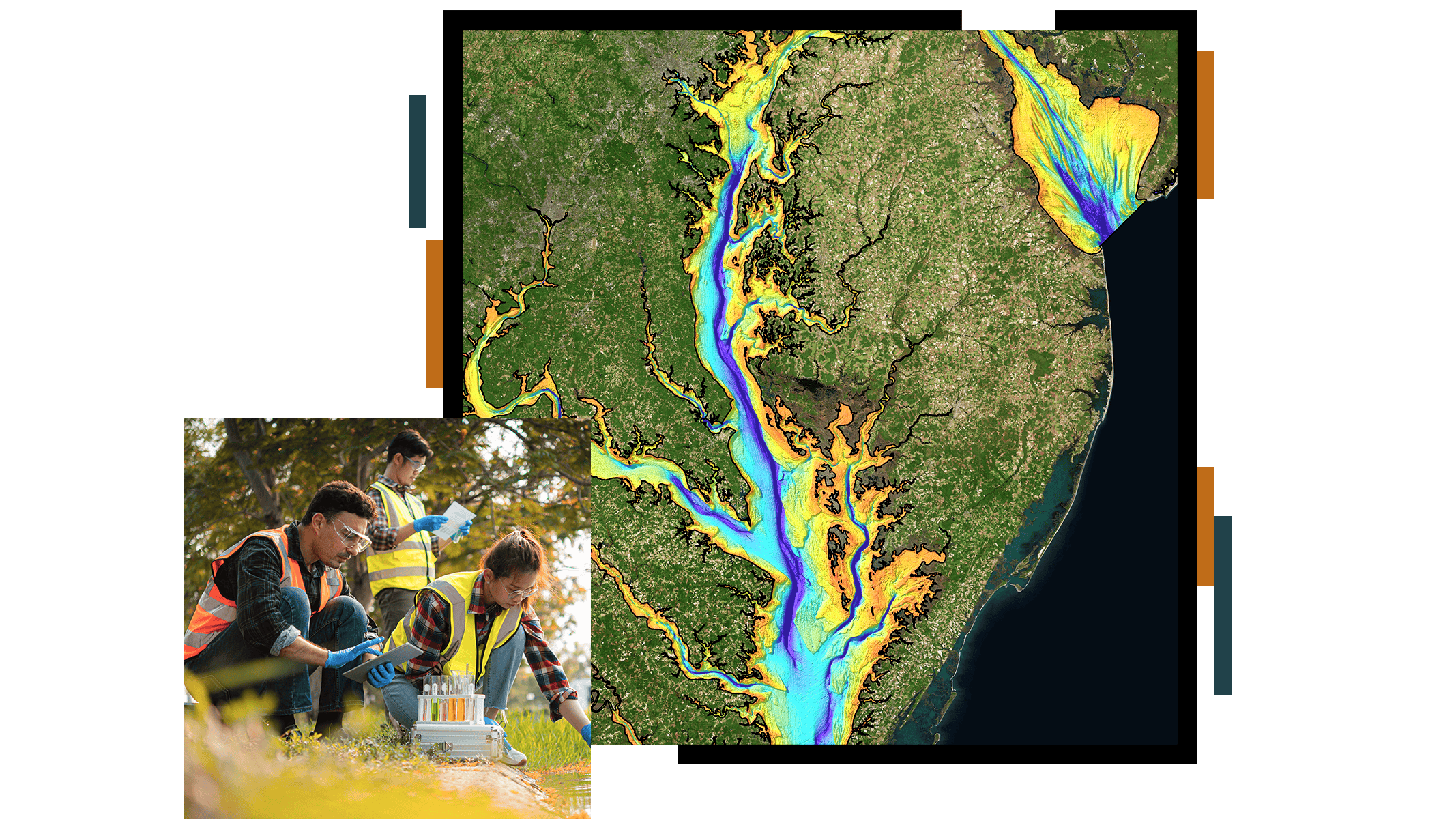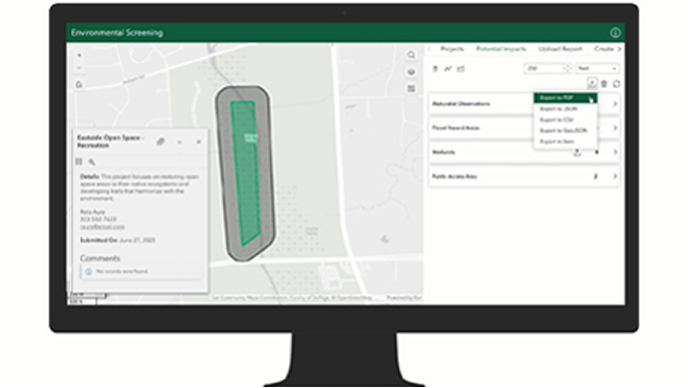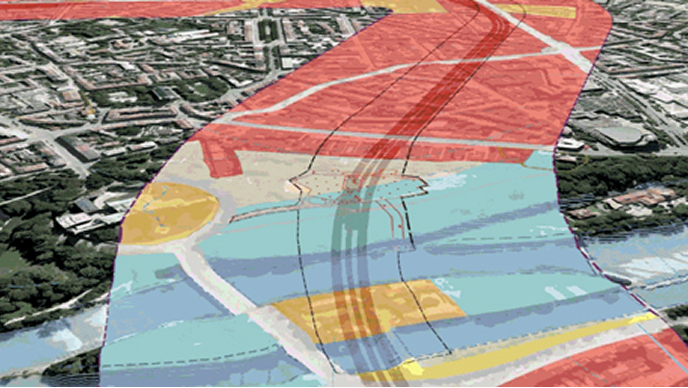Environmental permitting and planning
Use ArcGIS to streamline permitting for AEC projects by consolidating maps, plans, and key data in one centralized location. Teams can efficiently evaluate site access, utility conflicts, zoning constraints, and environmental factors, enabling them to make quicker decisions, prevent delays, and keep projects on track. With Esri’s reliable mapping tools, coordination with agencies becomes seamless, stakeholders stay informed, and planning remains clear and confident from inception to completion.











